Oregon’s wild landscapes have captivated Hollywood directors for decades, offering everything from rugged coastlines to dense forests and snowy mountains. These natural backdrops have played starring roles alongside some of cinema’s biggest names, creating unforgettable movie moments. Whether you’re a film buff planning a themed road trip or just curious about Oregon’s silver screen history, these locations showcase the state’s cinematic legacy.
1. Astoria’s Victorian Charm in ‘The Goonies’
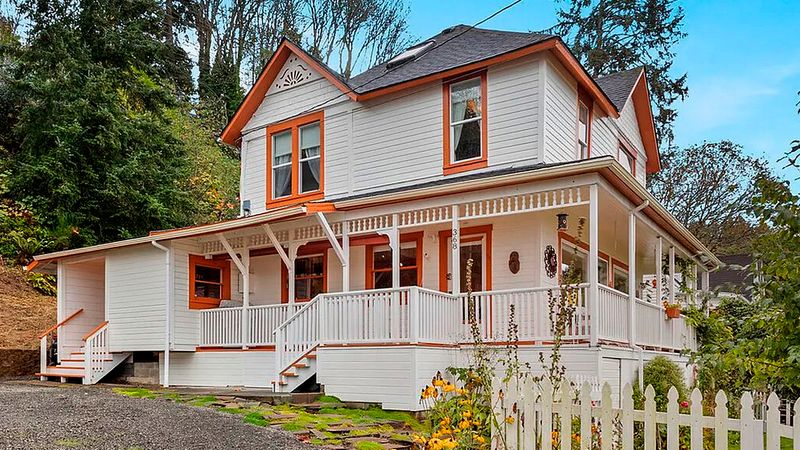
Standing proudly on the hillside since 1896, the Walsh family home became the epicenter of treasure-hunting adventures when ‘The Goonies’ filmed here in 1985. Fans still make pilgrimages to this Victorian house on 38th Street, though it remains a private residence.
Nearby Ecola State Park provided those breathtaking coastal views where the kids spotted One-Eyed Willy’s ship. The old Clatsop County Jail, where the film opens with a jailbreak scene, now houses the Oregon Film Museum.
Fun fact: Astoria celebrates Goonies Day every June 7th, commemorating the film’s release date!
2. Cannon Beach’s Haystack Rock from ‘Point Break’
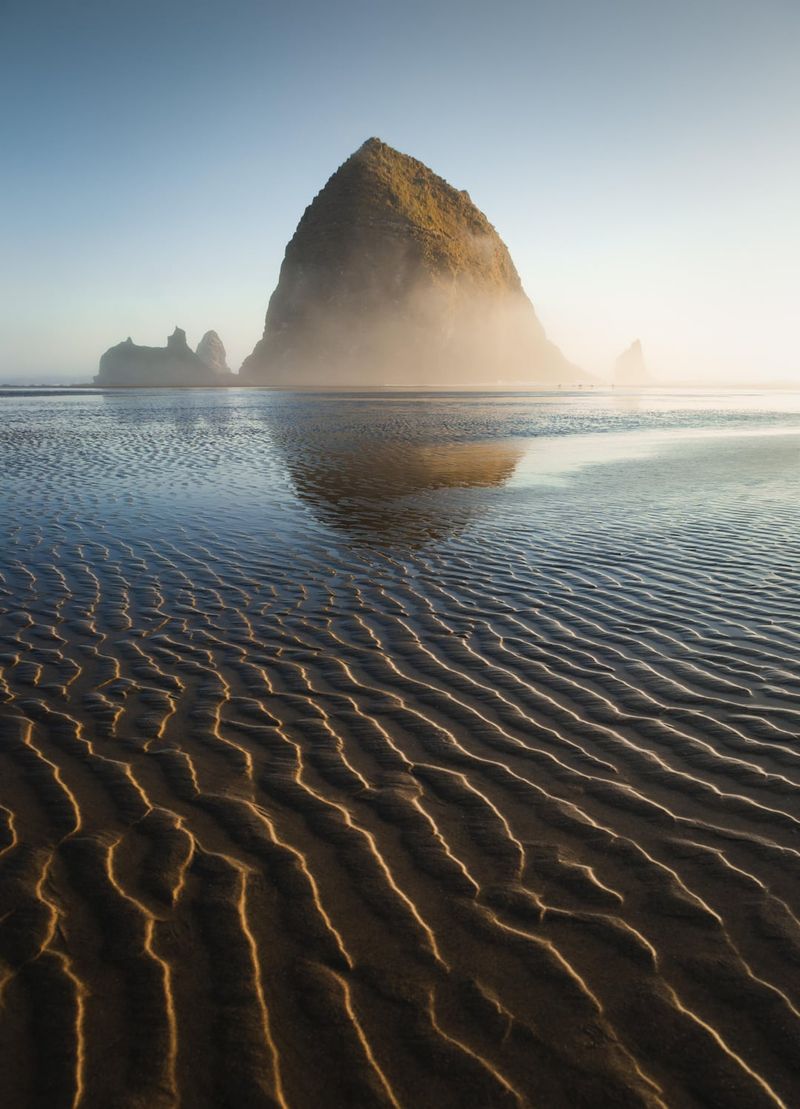
Surfers and film enthusiasts alike recognize the towering 235-foot sea stack jutting from the Pacific Ocean at Cannon Beach. This natural landmark took center stage in the 1991 action thriller ‘Point Break’ during emotional farewell scenes between Keanu Reeves and Patrick Swayze’s characters.
The distinctive rock formation creates an unforgettable silhouette against dramatic sunsets. Its striking presence has attracted multiple film productions over the years.
Before ‘Point Break,’ Haystack Rock had already achieved cinematic fame in ‘The Goonies,’ appearing in the film’s opening sequence as the kids ride their bikes along the shoreline.
3. Silver Falls State Park’s Ethereal Forests in ‘Twilight’
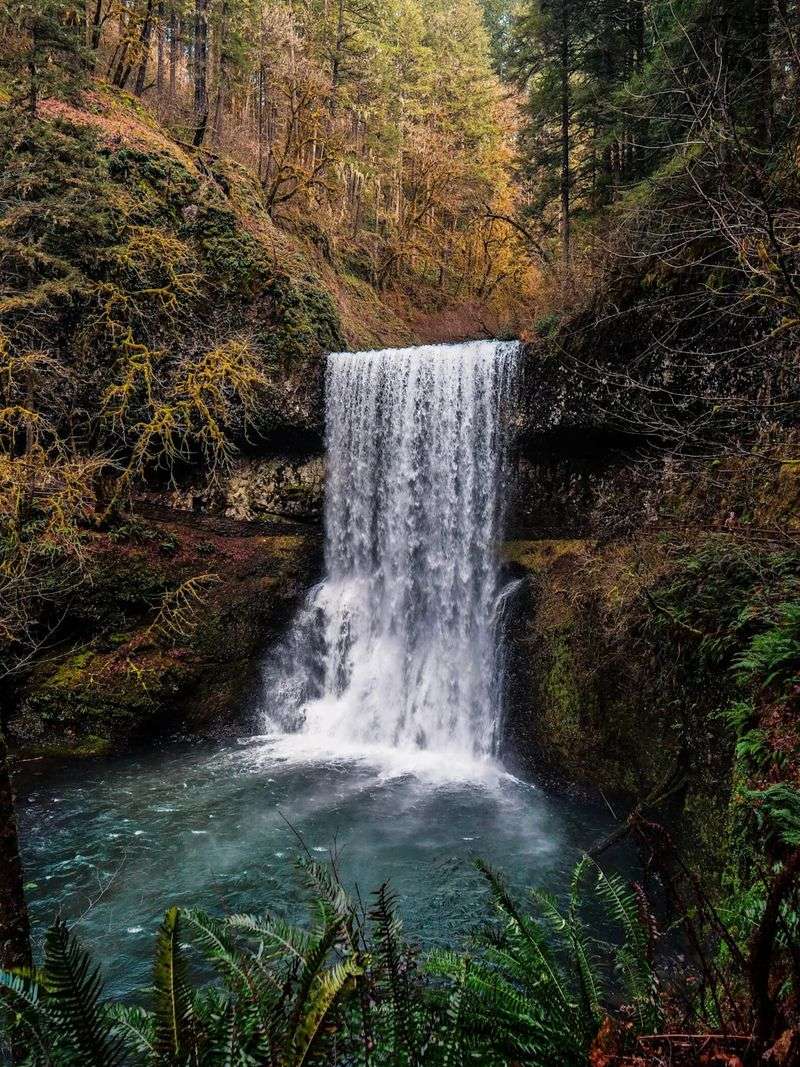
Mist hangs perpetually between the towering Douglas firs in this enchanted forest, creating the perfect supernatural atmosphere for vampire romance. The 2008 blockbuster ‘Twilight’ utilized these mystical settings for pivotal scenes between Bella and Edward.
North Falls Trail, with its 136-foot cascading waterfall and cave-like path, provided the otherworldly backdrop for their forest conversations. The moss-draped trees and constant moisture create an almost primeval feeling.
While many ‘Twilight’ scenes were filmed in Washington, Oregon’s Silver Falls State Park offered the filmmakers more reliable weather conditions and denser, more dramatic forest settings than the actual Forks location.
4. Crater Lake’s Sapphire Waters in ‘The Crater Lake Monster’
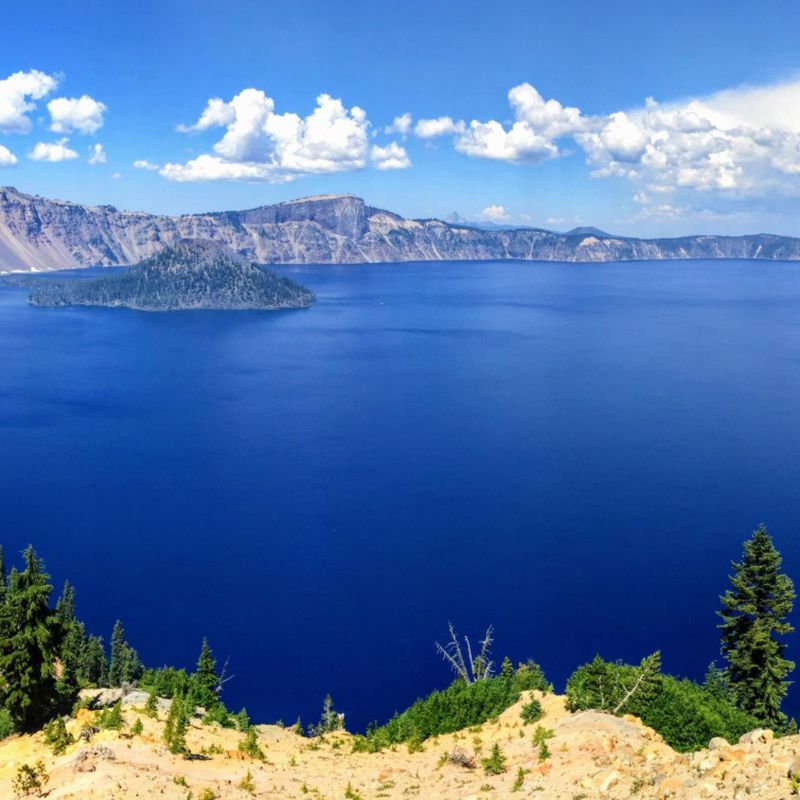
America’s deepest lake stars in its very own monster movie! The 1977 B-horror flick ‘The Crater Lake Monster’ may not have won any Oscars, but it showcased Oregon’s most stunning natural wonder to perfection.
The film’s plot revolves around a prehistoric beast awakened by a meteorite crashing into the pristine caldera. While the stop-motion creature effects haven’t aged well, the breathtaking azure waters and surrounding cliffs look just as magnificent today as they did on film.
Rangers at Crater Lake National Park still occasionally field questions from visitors hoping to spot the legendary plesiosaur lurking in the 1,943-foot-deep waters.
5. Timberline Lodge’s Ominous Exterior in ‘The Shining’
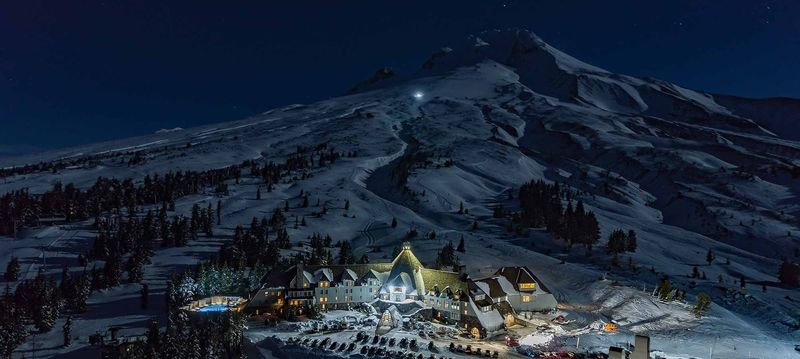
“Here’s Johnny!” Though most interior scenes were filmed on soundstages, the imposing exterior of the Overlook Hotel from Stanley Kubrick’s ‘The Shining’ is actually Oregon’s historic Timberline Lodge. Perched at 6,000 feet on Mount Hood, this 1930s mountain retreat becomes particularly haunting when winter snows isolate it.
Kubrick’s opening helicopter shots following Jack Torrance’s car up the mountain road have become iconic in horror cinema. The massive hexagonal fireplace and rustic timber construction create an atmosphere of isolated grandeur.
Curiously, the hotel requested that Kubrick change the sinister room number from 217 (as in Stephen King’s novel) to the fictional 237, fearing guests would avoid the real Room 217.
6. Bend & Smith Rock’s Rugged Terrain in ‘Rooster Cogburn’
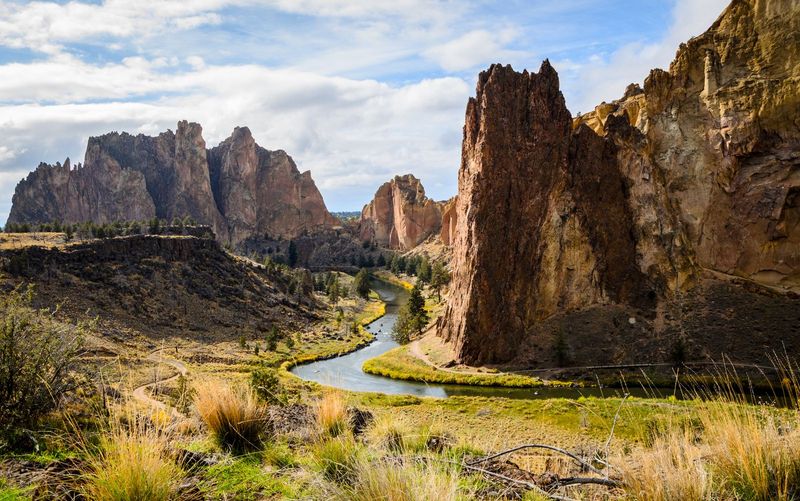
John Wayne’s iconic cowboy hat silhouetted against Central Oregon’s dramatic high desert—what could be more quintessentially Western? The 1975 sequel ‘Rooster Cogburn’ paired Wayne with Katharine Hepburn among the towering volcanic formations of Smith Rock State Park.
The Deschutes River scenes, where characters navigate treacherous rapids, showcase Oregon’s wild waterways. Filmmakers chose this location for its untamed beauty and diversity of landscapes within a small geographic area.
Eagle-eyed movie buffs can spot the distinctive spires of Smith Rock in several panoramic shots. Today, the park attracts rock climbers from around the world to scale the same formations that created such a striking backdrop for Wayne’s penultimate Western.
7. Portland’s Urban Grit in ‘My Own Private Idaho’

Director Gus Van Sant captured Portland’s raw, unfiltered essence in this groundbreaking 1991 indie film. River Phoenix and Keanu Reeves wandered through downtown streets that weren’t yet polished by gentrification, revealing a grittier side of the Rose City.
The Burnside Bridge features prominently, its industrial span becoming a character itself as Phoenix’s narcoleptic hustler navigates his complex existence. Van Sant, a Portland native, knew exactly which forgotten corners would best express the characters’ isolation.
Many locals who watched the film recognized Portland’s old Satyricon club and other now-vanished landmarks. The movie preserves a visual time capsule of early ’90s Portland before its coffee-fueled renaissance transformed the cityscape.
8. St. Helens’ Halloween Magic in ‘Halloweentown’
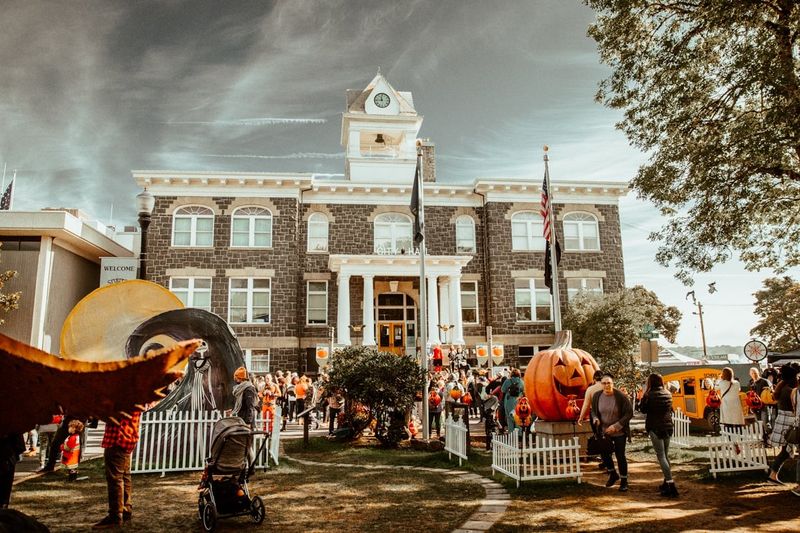
Every October, the small riverside town of St. Helens transforms into Halloweentown, just like in the beloved 1998 Disney Channel movie. The town plaza, centered around the historic Columbia County Courthouse, served as the heart of the fictional magical realm.
Giant pumpkins still decorate the courthouse square during the annual Spirit of Halloweentown festival. Thousands of fans make pilgrimages to see the real-world version of Aggie Cromwell’s supernatural hometown.
What began as a modest film shoot has evolved into a cultural phenomenon that sustains local businesses. The town embraced its cinematic legacy so completely that a replica of the movie’s iconic giant pumpkin has become a permanent photo opportunity for visitors year-round.
9. Brownsville’s Nostalgic Streets in ‘Stand By Me’
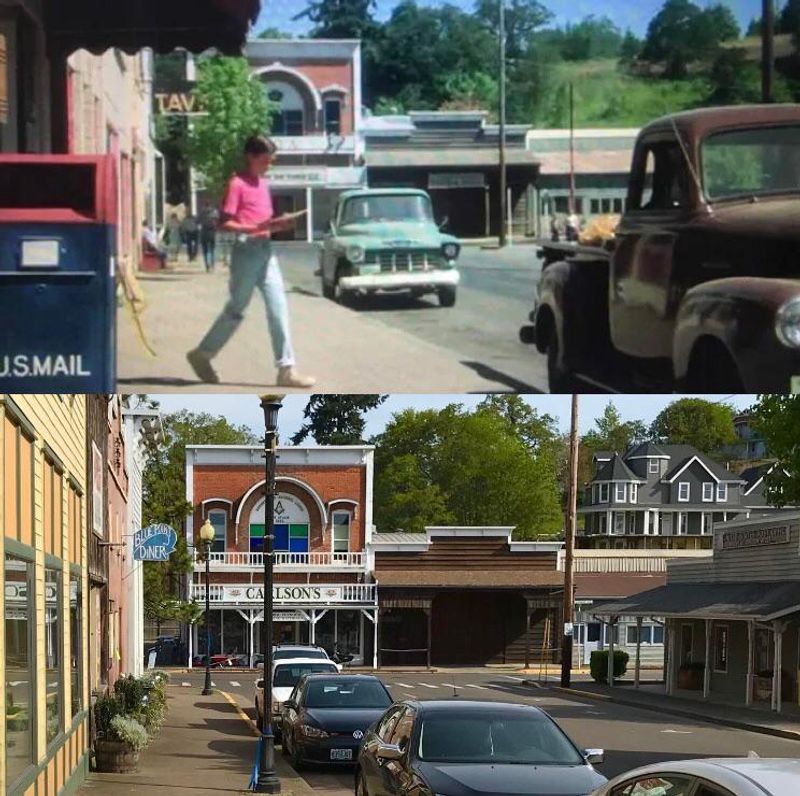
Step into the 1950s with a stroll through Brownsville, the real-life setting for the fictional Castle Rock in Rob Reiner’s coming-of-age masterpiece ‘Stand By Me.’ Main Street remains remarkably unchanged since Wil Wheaton, River Phoenix, Corey Feldman, and Jerry O’Connell walked these sidewalks in 1986.
The Blue Point Diner (actually Brownsville’s Citizen Bank building temporarily converted for filming) still draws fans seeking to recreate famous scenes. Just outside town, the memorable train trestle scene was filmed on the Lake Creek Trestle near Cottage Grove.
Every July, Brownsville hosts Stand By Me Day, celebrating the film with guided tours and a blueberry pie eating contest inspired by the movie.
10. Wallowa Lake’s Mountain Majesty in ‘Paint Your Wagon’
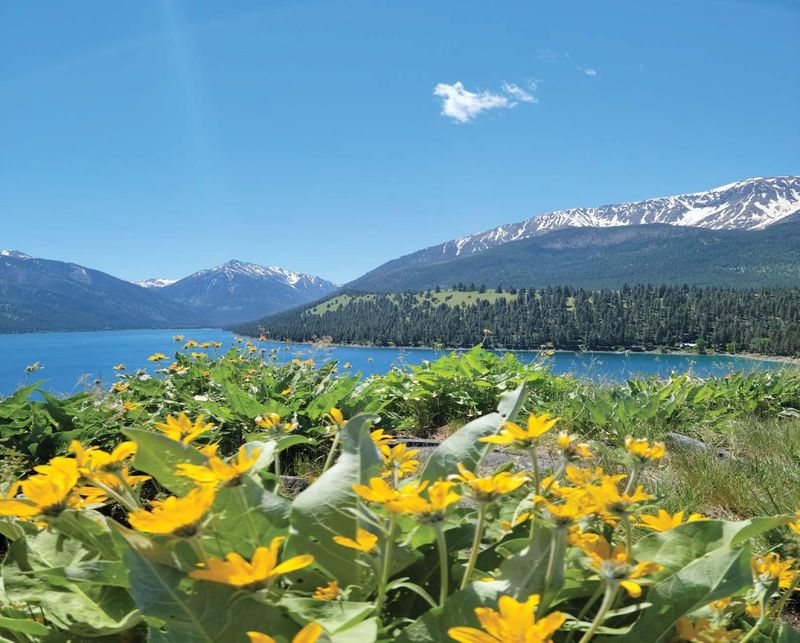
Musical numbers echo through canyons in northeast Oregon’s alpine wonderland where Clint Eastwood (yes, he sang!) and Lee Marvin filmed the 1969 musical western ‘Paint Your Wagon.’ The production constructed an entire mining town near Wallowa Lake, employing hundreds of locals as extras.
The Wallowa Mountains, often called “Oregon’s Alps,” provided a spectacular backdrop for the film’s Gold Rush setting. Though the temporary movie town was dismantled after filming, the pristine landscape remains virtually unchanged.
Eastwood reportedly fell in love with the area during production. The challenging shoot in this remote location required cast and crew to live in nearby Joseph, transforming the small ranching community into a Hollywood outpost for months.
11. Bandon Beach’s Windswept Beauty in ‘The Majestic’
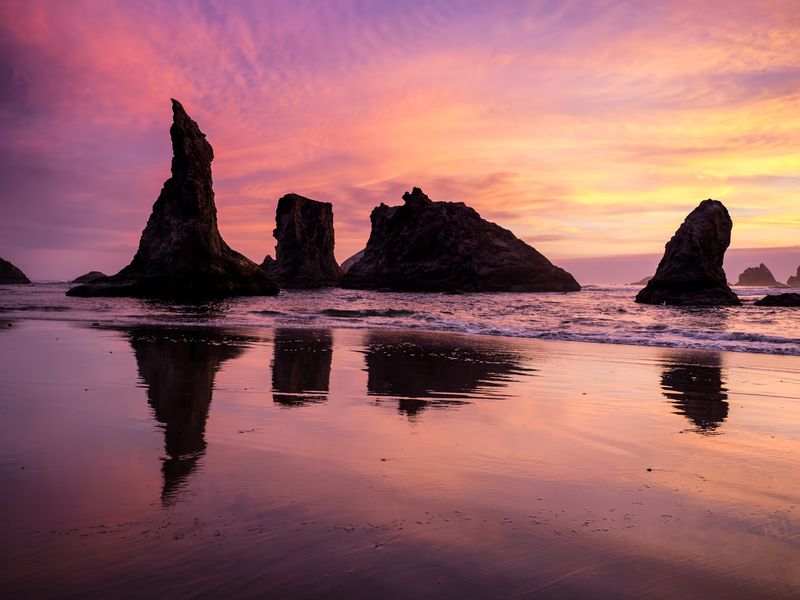
Crashing waves and sea stacks create nature’s perfect soundstage along Bandon’s shoreline, where Jim Carrey walked contemplatively in the 2001 period drama ‘The Majestic.’ Director Frank Darabont chose this stretch of Oregon coast for its timeless quality and dramatic rock formations.
The film’s fictional town of Lawson was created using facades built in Ferndale, California, but Oregon’s southern coast provided those soul-stirring beach scenes. Face Rock and other distinctive formations are clearly visible during pivotal moments.
Bandon’s old-fashioned downtown complemented the film’s 1950s setting perfectly. Local lore suggests Carrey was spotted enjoying crab sandwiches at Tony’s Crab Shack between takes—a tradition many film tourists continue today.
12. Fort Stevens State Park’s Shipwreck in ‘Free Willy’
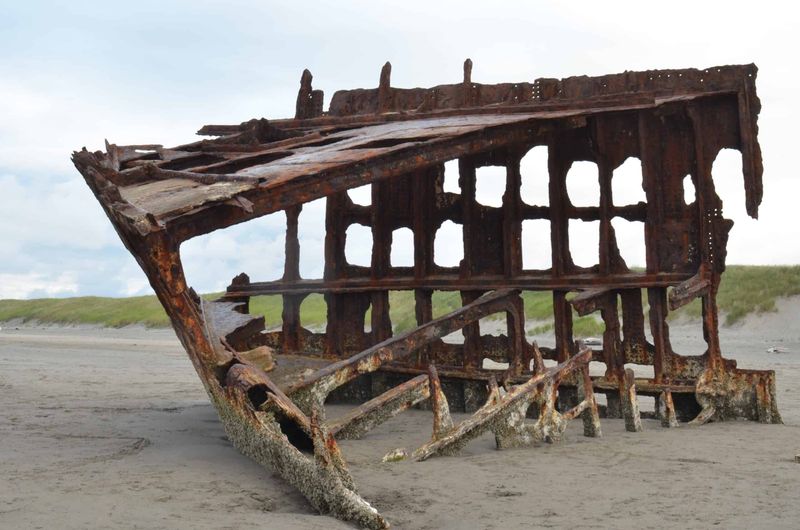
The rusted skeleton of the Peter Iredale shipwreck, stranded on Fort Stevens’ shore since 1906, created a powerful visual metaphor in 1993’s ‘Free Willy.’ Just as the ship remains trapped on land, Willy the orca remained captive until his dramatic leap to freedom.
While the famous jump scene was filmed elsewhere, Fort Stevens provided crucial establishing shots. The park’s diverse environments—from beaches to forests to historic military bunkers—offered filmmakers numerous backdrops.
Young actor Jason James Richter reportedly spent hours between takes exploring the abandoned military batteries at this former coastal defense site. Today, visitors can walk the same beaches where Jesse contemplated Willy’s fate while touching the weathered ribs of the Peter Iredale.


